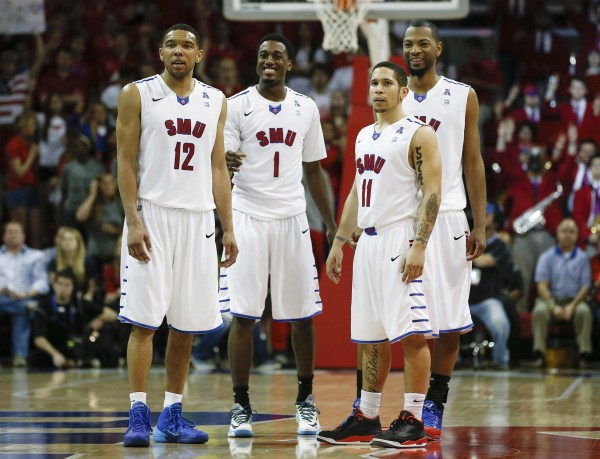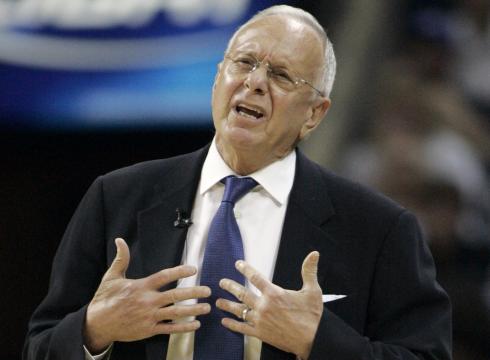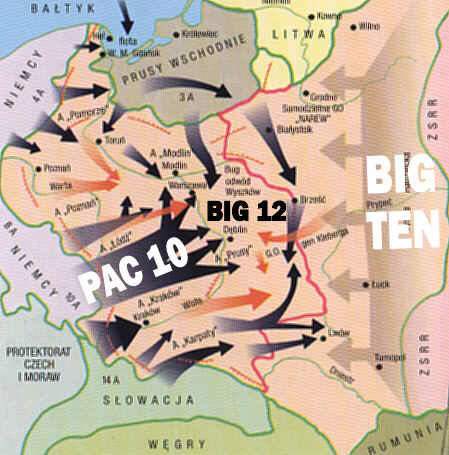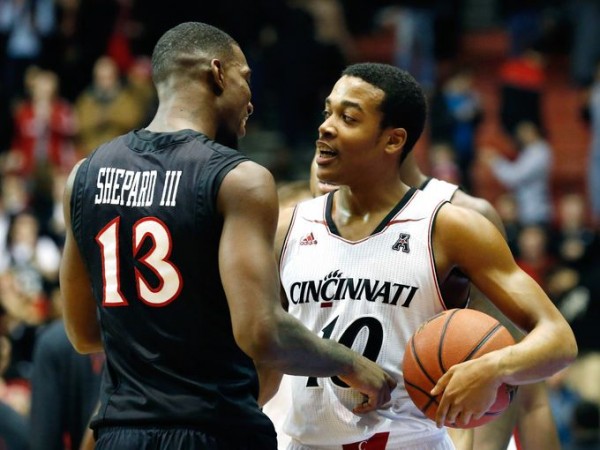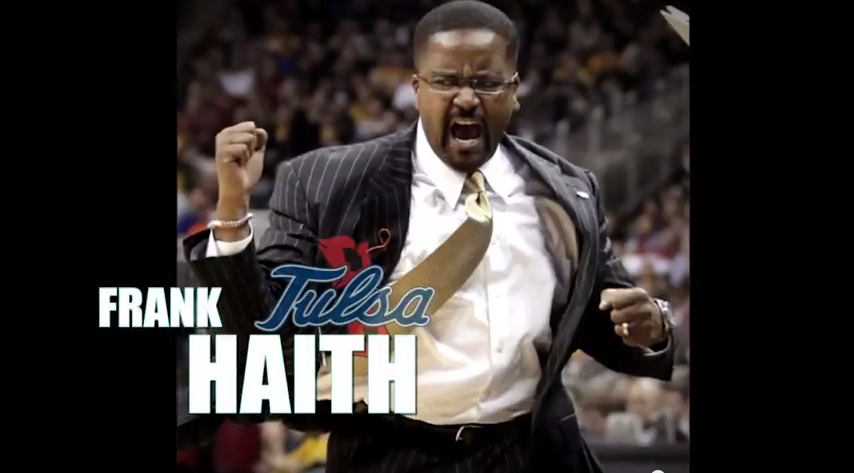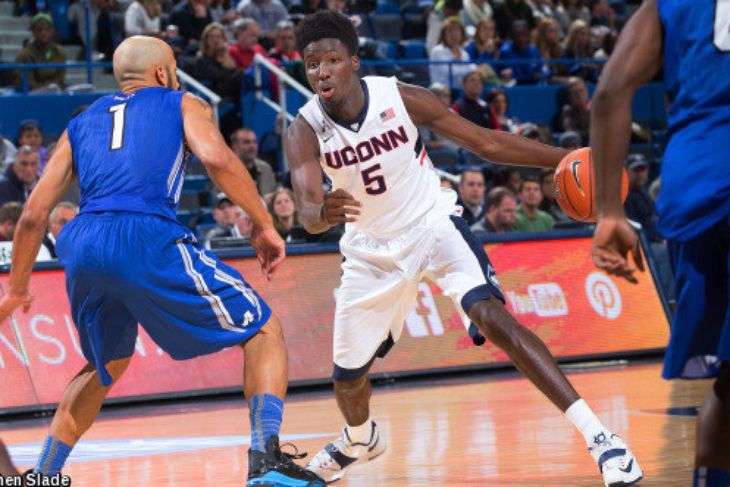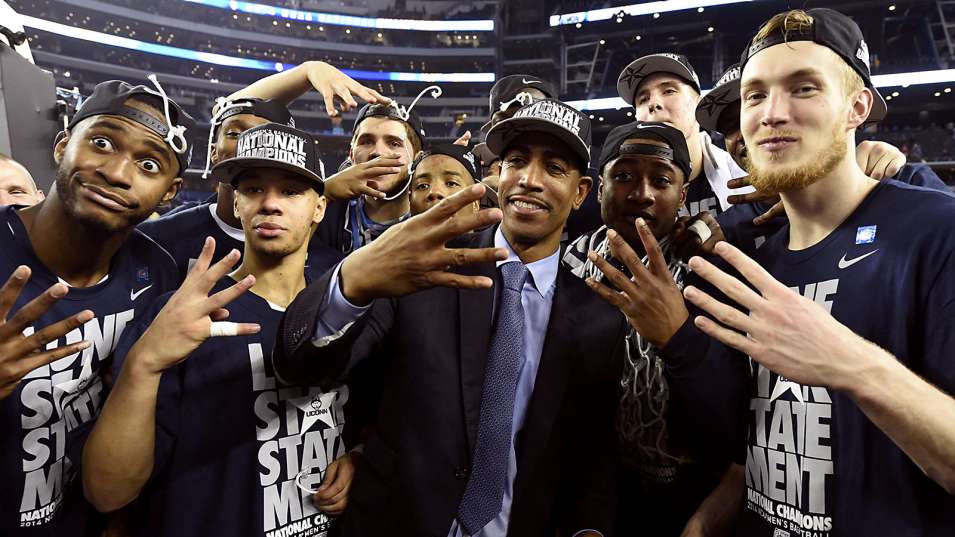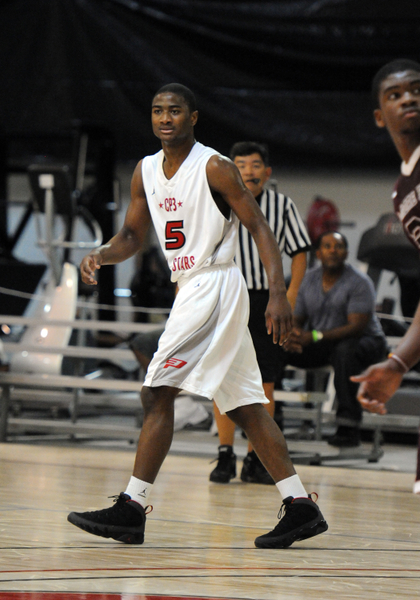Championship Week Primer: Bid-Stealers and Teams to Watch
Posted by Henry Bushnell on March 10th, 2015Championship Week is upon us. And while some mid-majors have already locked up their spots in the Big Dance, it’s time for the major conference tournaments to get under way. Here’s a brief look at each of those upcoming tournaments with a description of one team in each that is primed to use the postseason as the catalyst for a run and one potential bid-stealer.
- Team to Watch: SMU – This one might seem obvious as SMU is the top seed and the best team in the conference. But such is the state of the AAC that the Mustangs are really the only team with a shot to make some noise in March. Temple is an NCAA Tournament team but isn’t anything special, and the same could be said for Cincinnati and Tulsa, if either cracks the field of 68.
- Potential Bid-Stealer: UConn – Hey, we’ve certainly seen the Huskies get hot before. There haven’t been many indications that Kevin Ollie’s team can put together a run, but its draw is favorable — SMU is on the opposite side of the bracket — so a Sunday date with the Mustangs with an NCAA Tournament bid on the line is a distinct possibility.
- Team to Watch: North Carolina – The Tar Heels have amazingly lost six of their last 10 games en route to a fifth-place finish in the ACC. But since an ugly loss to NC State a couple weeks ago, they’ve looked decent and are capable of exploding at any time. North Carolina has elite athleticism and a guard in Marcus Paige who is one of college basketball’s best when he’s locked in. The Heels — playing in front of the always-friendly Greensboro crowd — should be favored against Louisville in the quarterfinals before meeting a Virginia team that could still be at less than full strength.
- Potential Bid-Stealer: Miami – Miami isn’t a bid-stealer, per se, because the Hurricanes don’t have to win the ACC Tournament to earn entry into the Dance. They probably only need two victories but they’ve been given an intriguing road as the #6 seed. Provided the Hurricanes win their Wednesday game against Wake Forest or Virginia Tech, Notre Dame and then potentially Duke await. Miami has already gone toe-to-toe with both this year in their buildings, and even beat Duke at Cameron. If Jim Larranaga’s team were to pull off those two upsets, anything could happen in the championship game.





























